Physical Address
304 North Cardinal St.
Dorchester Center, MA 02124
Physical Address
304 North Cardinal St.
Dorchester Center, MA 02124
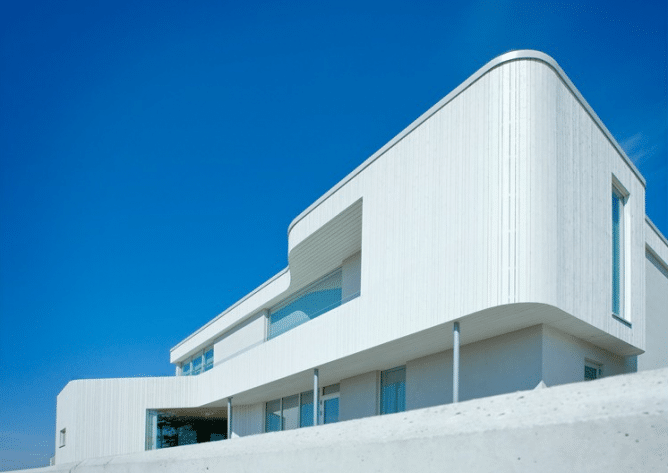
If you are a lover of architecture, Norway is a country that should be at the top of your list. From its medieval stave churches to its contemporary designs, Norway has a rich and diverse architectural heritage that reflects the country’s history, natural resources, and cultural values.
In this article, we will take you on a journey through the fascinating architecture of Norway, from the traditional wooden churches of the past to the modern designs that are shaping the country’s future.

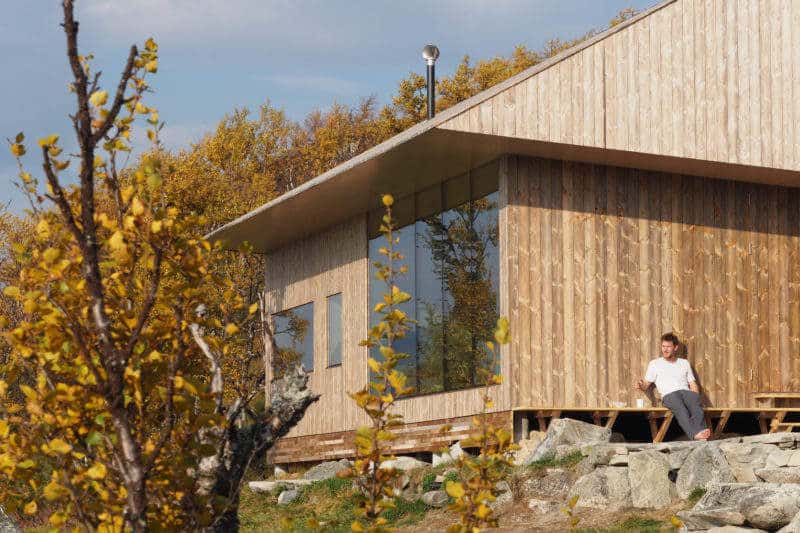
Norwegian architecture is known for its simplicity, functionality, and respect for nature. The country’s harsh climate and rugged landscapes have shaped its architecture, which emphasizes durability, energy efficiency, and harmony with the environment.
At the same time, Norwegian architecture is also influenced by the country’s long and complex history, which includes Viking settlements, Christianization, and modernization. By exploring Norway’s architectural heritage, you will gain a deeper understanding of the country’s culture, values, and aspirations, and appreciate the beauty and diversity of its built environment.
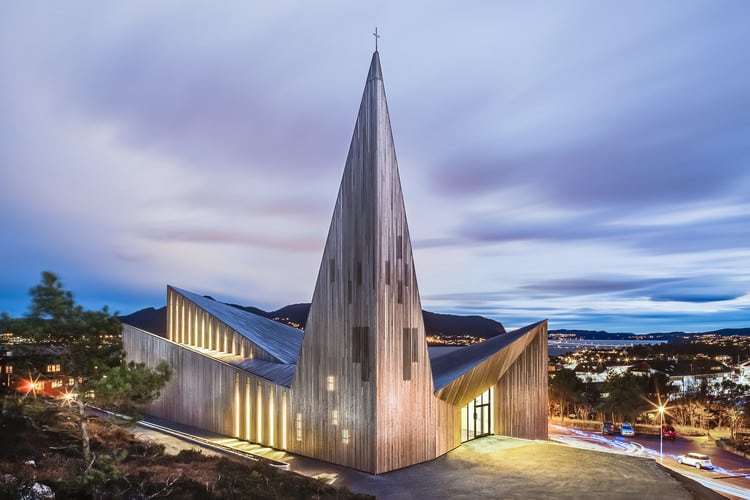
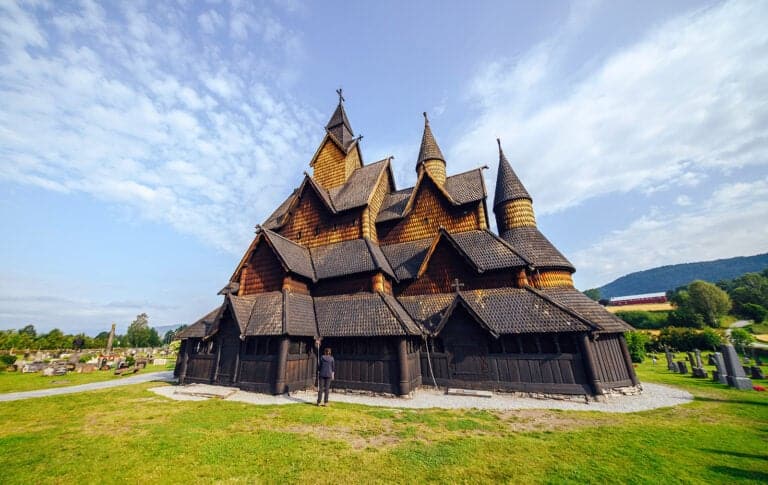
Let’s take a trip back in time and explore Norway’s rich architectural history with a closer look at the fascinating stave churches!
These medieval wooden churches, built between the 11th and 13th centuries, are admired for their intricate and elaborate designs. The stave churches were constructed using the ‘stav’ technique, which involves using large vertical wooden posts or ‘staves’ to support the roof structure.
The stave churches have a significant cultural significance in Norway, and there have been ongoing preservation efforts to ensure their survival. These churches have withstood the test of time, surviving fires, wars, and natural disasters.
The preservation efforts have included regular maintenance, restoration, and even relocation of some churches to protect them from environmental damage. The stave churches remain an essential part of Norway’s cultural heritage and attract visitors from all over the world.
Norwegian architecture has been influenced by its natural resources and landscapes, creating unique and breathtaking designs.
When it comes to Norwegian architecture, the use of wood and other local materials is a prominent feature. This is due to the abundance of natural resources in the country, such as forests and stone quarries.
Additionally, the integration of buildings with the surrounding environment is another key aspect of Norwegian architecture. Structures are often designed to blend in seamlessly with the landscape.
As you explore the country, you’ll see how these factors have influenced the unique and beautiful buildings that can be found throughout Norway.

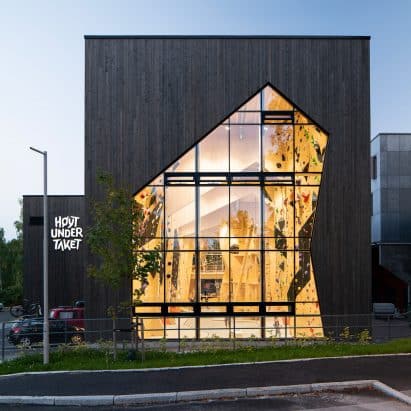
You can appreciate the expert craftsmanship and sustainability of Norwegian architecture, which often incorporates locally sourced wood and other materials. Innovative techniques and sustainable practices are used to construct buildings that are not only beautiful but also environmentally conscious.
Here are four ways in which the use of wood and other local materials in Norwegian architecture evokes a sense of awe:
As you move on to the next section about integration with the surrounding environment, you’ll see how Norwegian architects take the use of local materials to the next level by seamlessly blending buildings into the natural landscape.
Immerse yourself in the natural beauty of Norway as buildings seamlessly blend into the surrounding environment. The integration of architecture with nature is a key aspect of Norwegian design, and sustainable solutions are often implemented to reduce the impact on the environment.
From traditional stave churches to contemporary adaptations, buildings in Norway are designed to complement the landscape and enhance the natural beauty of the area. Contemporary architects in Norway continue to prioritize the integration of buildings with the environment.
Modern designs often incorporate sustainable materials and innovative technologies to minimize their environmental impact. These designs are not only functional, but also aesthetically pleasing, as they seamlessly blend into the surrounding landscape.
As we explore the modern architectural designs in Norway, we will see how architects continue to push the boundaries of sustainable design while maintaining the country’s rich architectural heritage.
Now, you’ll be amazed by the sleek and innovative designs of modern architecture in Norway. The country has embraced sustainable designs and urban planning, creating structures that are both functional and visually appealing.
One of the most notable modern buildings in Norway is the Barcode Project, a collection of high-rise buildings in Oslo that resemble a barcode. These buildings are not only visually striking but are also designed to be energy-efficient and sustainable.
Another impressive modern structure is the Trollstigen Visitor Center, located in western Norway. The center is built into the side of a mountain and features a distinctive, curved roof that mimics the surrounding landscape. The building provides visitors with stunning views of the surrounding mountains and serves as a gateway to the Trollstigen mountain pass.
These modern designs showcase Norway’s commitment to creating structures that not only fit into their surroundings but also push the boundaries of traditional architecture.
With these impressive modern designs in mind, we now turn to the Oslo Opera House, a landmark of Norwegian architecture.
Experience the awe-inspiring grandeur of the Oslo Opera House, a true masterpiece of Norwegian engineering and artistry. As you approach the building, you’ll be struck by its unique design, which appears to rise seamlessly out of the surrounding fjord.
Here are some key features that make the Oslo Opera House an exceptional example of modern Norwegian architecture:
The Oslo Opera House is just one of many exceptional buildings that showcase Norway’s incredible architectural heritage. As you explore further, you’ll discover a range of buildings and landmarks that offer a glimpse into the country’s fascinating past and present.
You’ll love discovering some of Norway’s most iconic buildings and landmarks, each with their own unique story and architectural style. From the traditional wooden stave churches scattered throughout the countryside, to the contemporary designs of the Oslo Opera House, Norway’s architectural heritage is a testament to its rich history and culture.
When exploring Norway’s architecture, it’s important to consider the different perspectives on what constitutes traditional versus contemporary, and regional versus national styles. Some argue that traditional Norwegian architecture should be preserved and celebrated, while others believe that contemporary designs are just as important in representing the country’s identity.
Additionally, the balance between tourism and preservation is an ongoing challenge, as the popularity of Norway’s architectural treasures can sometimes lead to overuse and deterioration. Finding a way to protect and maintain these historic sites while still allowing visitors to experience their beauty is key in ensuring their future.
Whether you’re a fan of traditional wooden structures or contemporary masterpieces, Norway has something for everyone to admire. One of the most iconic landmarks of Norwegian architecture is the Oslo Opera House. This stunning building, designed by Snøhetta, is a true masterpiece of modern design.
With its unique sloping roof and expansive glass façade, the Oslo Opera House is not only a world-class performance venue but also a symbol of Norway’s commitment to cutting-edge design. So, if you ever find yourself in Oslo, be sure to take a tour of this incredible building and experience the magic of Norwegian architecture for yourself.